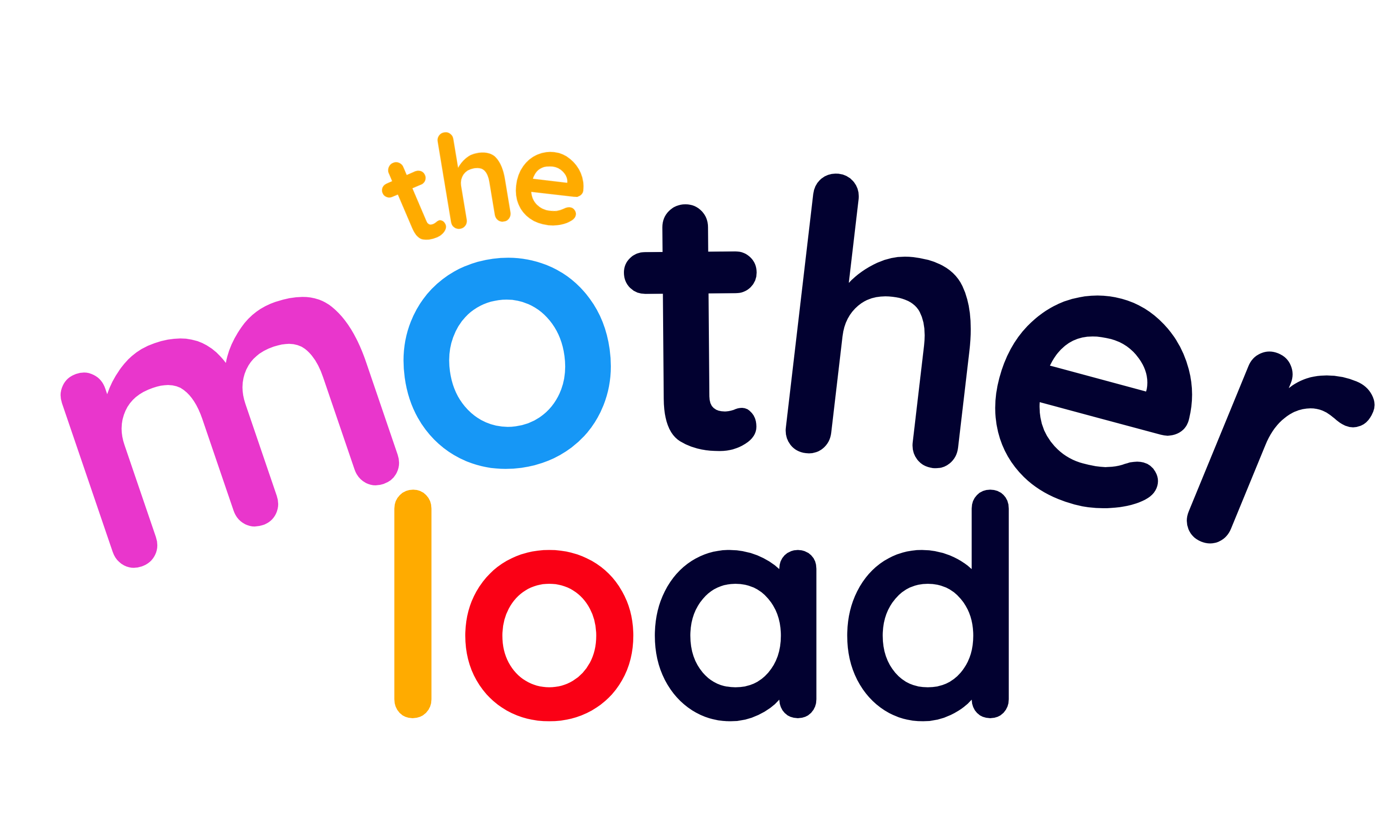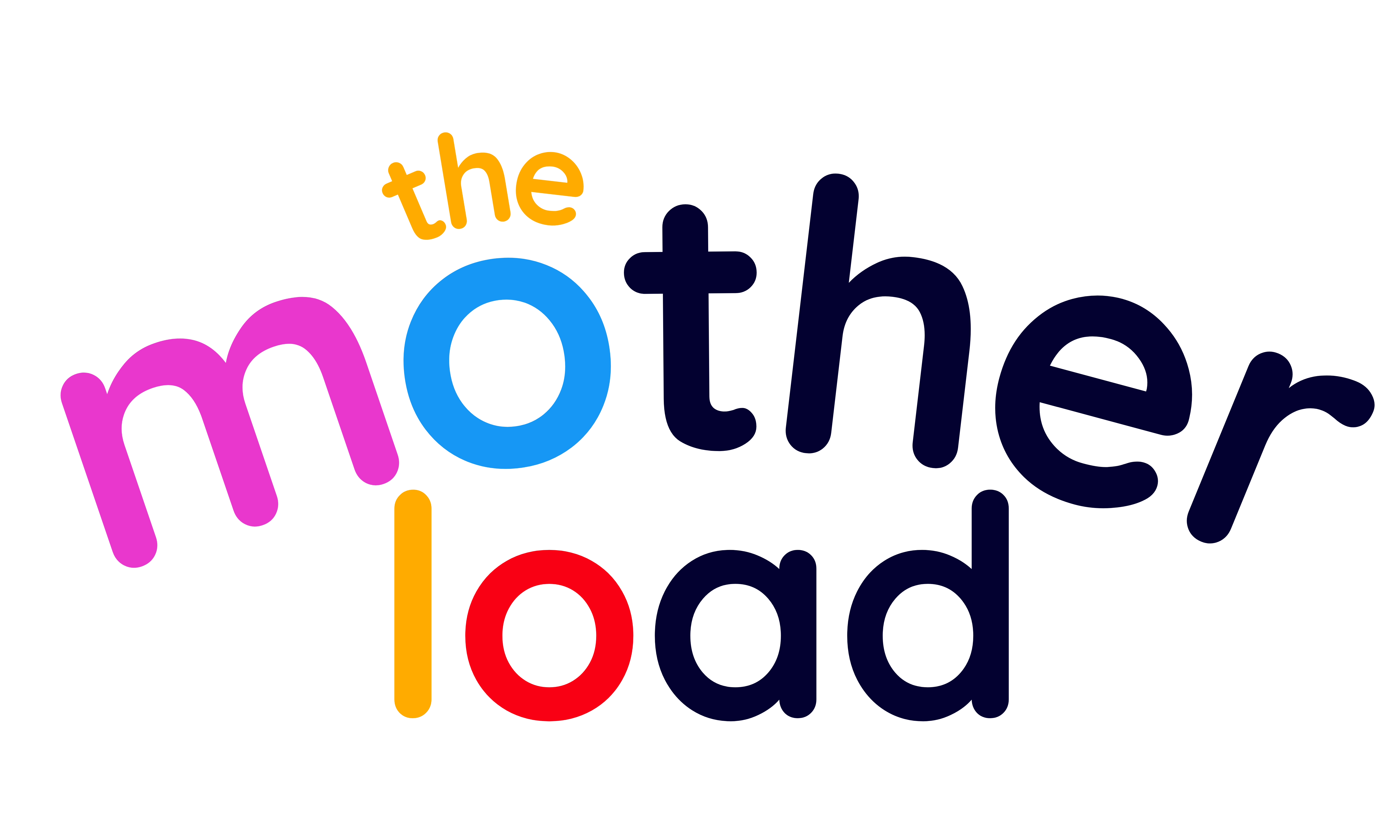Over the past couple of years, fashion has become more diverse and inclusive, thanks to the body positivity movement, which has largely been paraded and spearheaded by social media influencers and creators. The rise in popularity of influencers and the widespread use of social media has shifted the authority of the fashion industry from prestigious fashion houses and magazine editors to the consumer. Social media now serves as the most transparent form of public relations for a company, and it has aided in the paradigm shift as it gave consumers an open line of communication to a brand.
But there is still more room for the fashion industry to become more diverse and inclusive.
From the amplification of Black designers and designers of color to the increase in visibility and clothing options for plus size bodies, fashion looks noticeably different than it did 10 years ago. And not only is this refreshing, but the shift is inspiring more people to embrace who they are–from ethnicity and culture to size and shape. But diversity, equality and inclusion within fashion benefit more than just consumer identity and relatability.
So, what does a truly inclusive fashion industry look like? Here are some of the areas of fashion that could stand to be impacted as the industry starts to look more and more like the everyday consumer and how that could positively change the game.
Representation Matters
Throughout the history of fashion, editorial and runway models have been slender, relegating plus size models to the pages of department store catalogs or nowhere to be found. However, as the body positivity movement gained steam around 2010, plus size models gained notoriety both on the cover of magazines and on the runway. Through exposure to more plus size bodies and models, consumers started to question, “What is plus size?” as they realized that the average American woman was considered plus size. Along with social media influencers, consumers began to demand that the industry reflect reality. And it turns out that the amplification of plus size models has improved women’s mental health. Over the years, plus size boutiques have answered the industry’s $9.7 billion demand. But creating space for everyone doesn’t stop at highlighting plus size figures and the average woman. If the industry were to further amplify Black and disabled bodies the way it has with the plus size figure, it would accurately reflect the true trendsetters and consumers who keep fashion evolving. Many people look to clothing and fashion as a way to boost and build confidence, but that could be a difficult task if certain groups don’t see themselves in their favorite brands or forms of media. Challenging the fashion industry to become more diverse and inclusive stands to do more than just help the industry evolve. It has the potential to improve the self-esteem of consumers.

Inclusivity Makes Financial Sense
As the industry begins to embrace all of its consumers and reflect their identity in magazines, advertisements and on runways, it will pay off in huge dividends. Take the plus size apparel market for example. Brands that do not offer extended sizing miss out on a piece of the $9 billion pie. The fashion industry and fantasy have coexisted since the beginning of time, which means that consumers often look to fashion depicted on the runways, magazines and other forms of media as something to aspire to while acknowledging they may not be able to reach it. However, consumers are taking more of an activist role when it comes to deciding where they will spend their money—and if they don’t see their own reflection within the brand’s DNA, they aren’t buying it. While being inclusive may seem like a morale builder, it’s also a revenue grower.

The Company You Keep
The lack of diversity and inclusion in fashion transcends far beyond the models seen on runways and in magazines. According to Fast Company, less than 10 percent of the designers who showed during 2018’s New York Fashion Week were Black, and only 15 percent of runway models were Black. But when it comes to executive boardrooms and those in charge of large fashion brands, the disparities are even larger. Fast Company also reported that only three percent of the Council of Fashion Designers of America were Black in 2018. The fashion industry regularly struggles with cultural appropriation, which further shows the divide between non-diverse boardrooms and their diverse consumers. If executive-level positions—within some of the industry’s top brands—were more diverse and included Black designers, decision-makers and creatives, as well as plus size individuals and other marginalized people, the industry would naturally become more progressive and inclusive. When boardrooms are not diverse, brands suffer from not having different perspectives weigh in, which often results in creating clothing that is insensitive to different cultures and doesn’t truly reflect the world.
We all have to wear clothes, which means the fashion industry should be the most reflective and naturally inclusive and diverse market we interact with as consumers. While we all share the common thread of needing clothing, the industry only highlights certain people, bodies and abilities. By elevating and including Black and people of color, plus size and disabled bodies, the fashion industry could start speaking to its key demographic: everyone. But what will be the tipping point that forces fashion into radical inclusivity? The power lies with the consumer. By spending money at the brands that are truly inclusive and embrace diversity, consumers can vote with their dollars and spending power.



No comments yet. Be the first one to leave a thought.